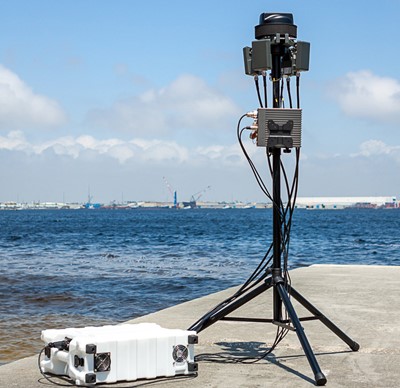The Transportation Security Administration (TSA) has selected Miami International Airport (MIA) for its initial test of technologies that will detect, track, and identify drones entering into restricted airspace. Unmanned Aircraft Systems (UAS) pose a threat to aviation security when flown into certain restricted airspaces, says the TSA press release.
TSA chose Miami as the first UAS DTI testbed due to an ongoing perimeter intrusion technology pilot as well as the strong existing partnerships with the airport.
In support of the Department of Homeland Security’s (DHS) role in UAS security, TSA is collaborating with airport, local law enforcement, and intra-agency partners including the DHS Science & Technology Directorate (S&T) to test the effectiveness of certain technologies that can detect, track and identify UAS threats in aviation, surface, and related transportation domains. The technologies will be evaluated in laboratory and operational field environments. During the test at MIA, TSA will review a range of security and surveillance technologies that are able to detect, track and identify UAS operations by radar, thermal imaging, and artificial intelligence.
Throughout the MIA test bed process, equipment will be tested and evaluated, and the data collected will be shared with the interagency and industry stakeholders for further evaluation and assessment. The information and data collected from the test will assist with finding effective solutions that mitigate the risks that unauthorized UAS operations pose to the nation’s transportation system.
“TSA’s establishment and management of this assessment of UAS detection technologies is a critical part of our agency’s overall strategy to collect data for further deployments of equipment at U.S. airports,” said TSA Federal Security Director Daniel Ronan.
“The UAS threat to airports has increased exponentially over the last several years, which is why it is vital we begin assessing the effectiveness of UAS DTI technologies in live airport environments.” said TSA Counter-UAS Capability Manager Jim Bamberger. “We are thrilled to partner with MIA on such a mission critical project that will pave the way for future technology assessments and help protect airports nationwide against UAS threats.”
Drones and other UAS are used for a wide range of commercial and recreational purposes. While many are equipped with Global Positioning System (GPS) software that prevents their use in restricted locations, there are many operators who do not follow rules and safety restrictions and consequently pose a security and safety risk to individuals, infrastructure and airplanes in the national airspace (NAS).
(Image: Detect, Track, and Identify (DTI) equipment to be installed and assessed at the MIA test bed, TSA)
For more information visit:




